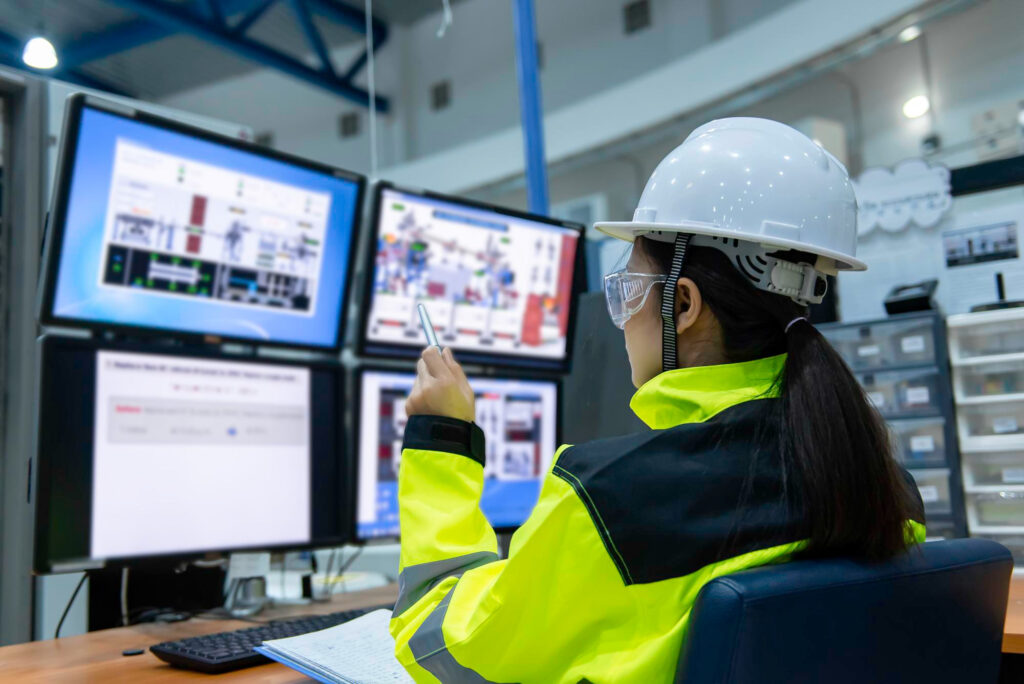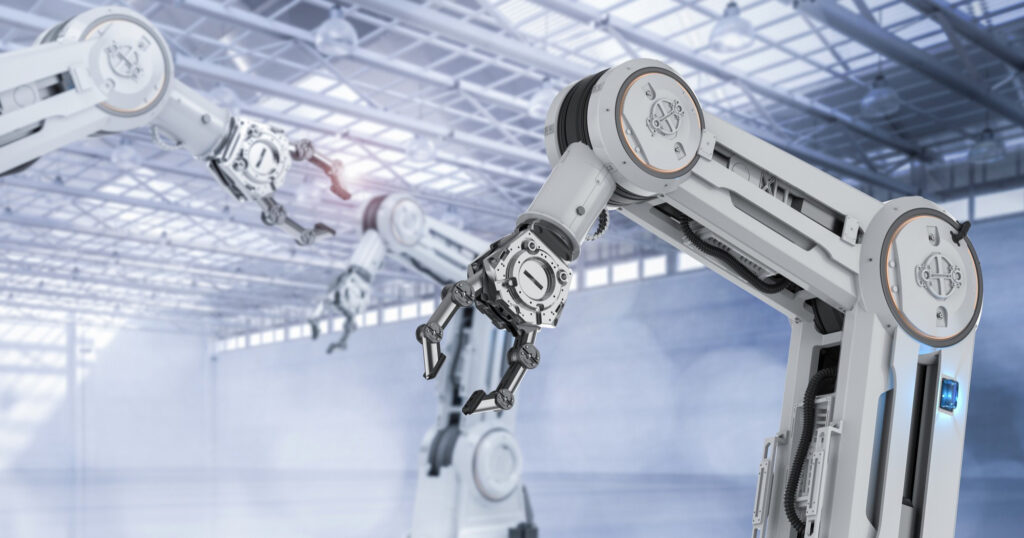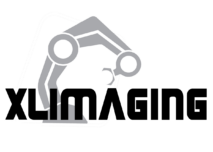Definition
Computer vision is a powerful technology that enables machines to perceive and understand visual information, much like humans do. It involves the use of advanced algorithms and deep learning techniques to analyze and interpret images or videos, extracting valuable insights and making intelligent decisions based on visual data.
In the context of industrial machine vision solutions, computer vision plays a crucial role in automating and optimizing various processes across different industries. By leveraging computer vision, businesses can enhance productivity, improve quality control, streamline operations, and achieve greater efficiency in their manufacturing and inspection processes.
History
The history of computer vision dates back to the 1960s when researchers began exploring the possibilities of developing systems that could interpret visual data. Over the years, advancements in computing power, image processing techniques, and artificial intelligence algorithms have paved the way for significant breakthroughs in the field of computer vision.
Early computer vision systems focused on simple tasks such as character recognition or object detection. However, with the advent of deep learning and convolutional neural networks, the capabilities of computer vision have expanded exponentially. These advancements have allowed for more complex tasks, such as image segmentation, facial recognition, object tracking, and even scene understanding.
The integration of computer vision into industrial machine vision solutions has revolutionized manufacturing and quality control processes across a wide range of industries. Let’s explore some of the key applications of computer vision in industrial settings:
Quality Control and Inspection
Computer vision enables automated visual inspection systems to identify defects, anomalies, or inconsistencies in manufactured products. By analyzing images or videos captured during the production process, computer vision algorithms can detect flaws that might be imperceptible to the human eye. This helps ensure that only products of the highest quality reach the market, reducing waste and enhancing customer satisfaction.

Object Recognition and Tracking
In industrial environments, computer vision systems can accurately recognize and track objects, components, or parts during assembly or logistics processes. This enables automated systems to precisely position objects, verify their presence, or ensure that the correct components are used during manufacturing. Such capabilities enhance operational efficiency and reduce errors, ultimately leading to increased productivity.
Robotics and Automation
Computer vision plays a pivotal role in enabling robots to perceive and interact with their environment. By equipping robots with vision systems, they can navigate complex surroundings, recognize objects, and perform tasks with precision. This integration of computer vision and robotics leads to advancements in automated material handling, assembly line operations, and even autonomous vehicles.

Predictive Maintenance
Computer vision can be used to monitor and analyze equipment or machinery for signs of wear, damage, or potential failures. By continuously analyzing visual data from sensors or cameras, computer vision systems can detect anomalies or deviations from normal operating conditions. This allows businesses to schedule maintenance proactively, preventing costly breakdowns and minimizing downtime.
Augmented Reality (AR) Assistance
Incorporating computer vision into augmented reality applications provides real-time visual guidance and assistance to operators or technicians. AR overlays relevant information onto the user’s field of view, enabling them to perform complex tasks with greater accuracy and efficiency. This integration of computer vision and AR has found applications in areas such as maintenance, training, and remote collaboration.
In conclusion, computer vision has emerged as a game-changing technology in the realm of industrial machine vision solutions. Its ability to analyze and interpret visual data enables businesses to achieve higher levels of automation, accuracy, and productivity. By harnessing the power of computer vision, industries can revolutionize their manufacturing processes, improve quality control measures, and unlock new avenues for innovation and growth.
